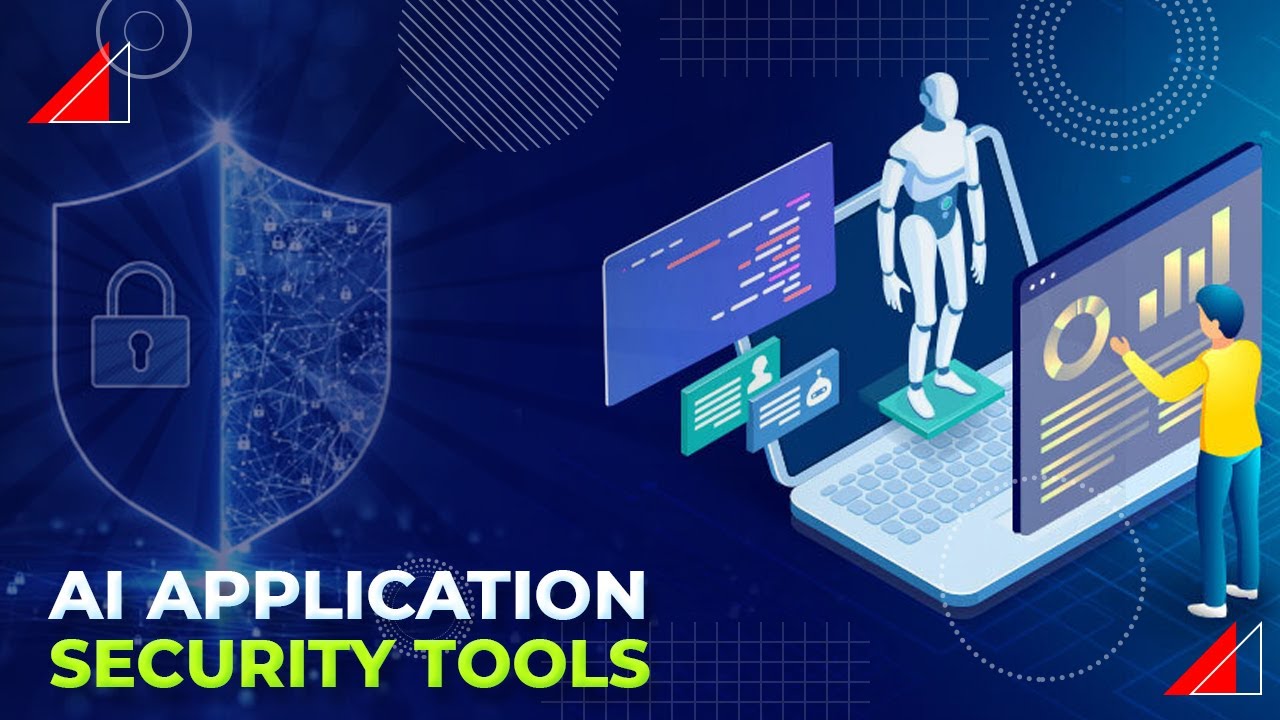
Artificial Intelligence: The Game-Changer in Application Security
Artificial intelligence (AI) is not just the flavor of the month; it may well be the game-changer of the century. However, information about AI can be buried in jargon that conceals its business application potential. As I delve into the world of AI, I aim to unpack some of that magic and reveal what it can do to secure business applications.
Next-generation AI tools are significantly improving organizations’ overall security posture by adding new testing layers and reducing risk. Global ICT vendors are investing hundreds of millions in the development of solutions that aim to unlock the potential of AI. This is achieved using large language models (LLMs) to solve complex problems and address key challenges in enterprise application development.
 AI-powered security solutions are revolutionizing the way businesses approach application security.
AI-powered security solutions are revolutionizing the way businesses approach application security.
In a bid to remain competitive, businesses are increasingly driving to implement agile development practices, such as DevOps, to keep abreast of commercial demand. This has pressured developers to produce applications more quickly, and the fastest way to do that is to use open source software (OSS) components.
Open source refers to any software with accessible source code that anyone can modify and share freely. These are distributed freely, and as such, are cost-effective, with many developers benefiting by starting with OSS and then modifying it to add the functionality they want.
“The benefits of using open source software include flexibility, cost, transparency, reliability, and collaboration.” - Source
Next-generation AI tools are significantly improving organizations’ overall security posture by adding new testing layers and reducing risk. Source code is the portion of software users don’t see; it’s the code programmers can create and edit to change how software works. By having access to a program’s source code, developers or programmers can improve software by adding features to it or fixing parts that don’t always work correctly.
Large Language Models (LLMs) in AI
I would first like to expand on LLMs and then get to open source in more detail. LLM is defined as a type of AI algorithm that uses deep learning techniques and massively large data sets to understand, summarize, generate, and predict new content.
In the AI world, a language model serves a similar purpose to that of human language as it provides a basis for communication and generation of new concepts. The term generative AI is closely connected with LLMs, which have been specifically designed to help generate text-based content.
The architecture of a Large Language Model (LLM) in AI.
The first AI language models trace their roots to the Eliza language model reported to have debuted in 1966 at MIT and is one of the earliest examples. All language models are first trained on a set of data, which then make use of various techniques to infer relationships before ultimately generating new content based on the trained data.
Open Source Security: Managing Risk
There is a lot of pressure on developers today to build and deploy applications more quickly. To successfully achieve their goals within short software release cycles, developers frequently use OSS components. However, this raises concerns about open source security.
“Some 300,000+ open source components are downloaded annually by the average company. In 2018, across billions of open source component release downloads, one in 10 had known security vulnerabilities (10.3%) and 51% of JavaScript package downloads contained known security vulnerabilities.” - Source
The only way around this issue is to ensure companies are equipped to identify open source vulnerabilities in their software. It is crucial to secure the code consumed from open source components and not just the code you write.
Precise open source intelligence solutions can provide a 360-degree view of application security issues across custom code and open source components, and this can be done in a single scan. Moreover, machine learning-assisted auditing solutions can reduce noise and false positives, while streamlining security and improving developer efficiency to over 98% accuracy.
 Open source security solutions are essential in today’s fast-paced development environment.
Open source security solutions are essential in today’s fast-paced development environment.
In conclusion, AI-powered security solutions are revolutionizing the way businesses approach application security. By leveraging LLMs and open source intelligence solutions, companies can identify and remediate vulnerabilities at source, ensuring the security of their applications.















